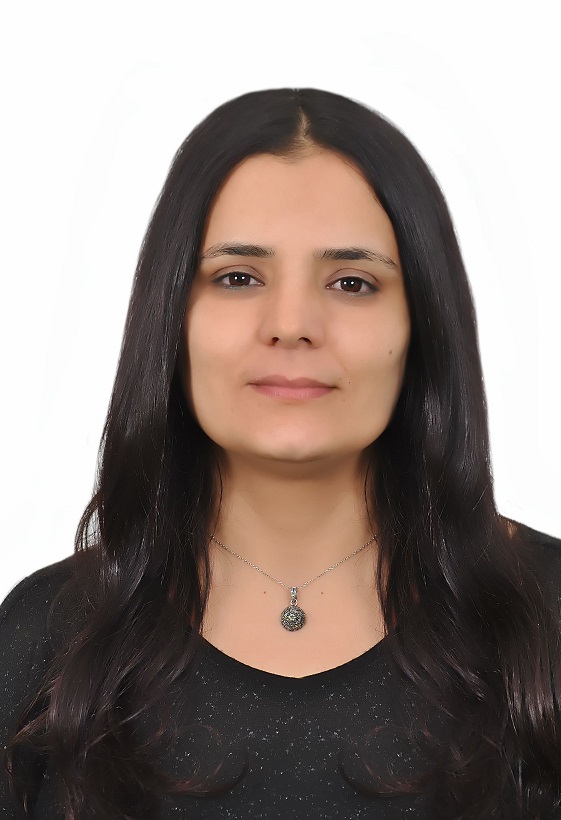2021
Project: Mobility in the peri-urban areas of Greater Tunis
Dr. Souhir Bouzid
(Maître Assistante, ISTEUB (Institut Supérieur des Technologies de l’Environnement de l’Urbanisme et de Bâtiment) / Tunisia)
Souhir Bouzid is an assistant professor at the Higher Institute of Environmental Technologies of Urbanism and Building, Urban planning Urban Departement at the University of Carthage.
She graduated in 2008 as an urban planner from the Higher Institute of Environmental Technologies of Urbanism and Building. She also holds a master’s degree in urban studies in mediterranean regions from Institute of Urban Planning and Regional Development Aix-en-Provence and university of SevilleShe received her PhD in urban plannig from the National School of Architecture and Urban Planning of Tunis. Her main research fields involve mobility in urban and peri-urban areas.

Project Inequality & Mobility
The dispersal of populations and facilities to the outskirts of cities brings with it new infrastructure and a new supply of transportation services. Inhabitants will have more miles to travel and more time to spend in their departure from the periphery to the city center. Settlement on the outskirts of cities is therefore closely related to the development of transport systems and the mobility of people.
Mobility is a major asset for opening up peripheral districts and is also a major issue for social cohesion. Thus, people’s conditions (age, socio-professional category, state of health, economic situation,) are closely linked to mobility conditions. The better their conditions, the faster and farther they move. Mobility is, and will increasingly become, one of the conditions for social integration.
Thus, the residential choices of households in the Tunisian peri-urban areas differ from one household to another, which creates real social diversity in these areas. So, we will consider digging and highlighting the interaction between the place of residence in the peri-urban commune of Borj El Amri and the different practices of space (mobility) as well as the lifestyle of this privileged clientele who lives the non-spontaneity of its movements.
It is necessary to study mobility in its socio-spatial framework. There are many angles from which to study mobility, but we will only look at its social and spatial dimensions and its influences on all members of the household.
We then ask to what extent the move to the suburbs is the source of social inequality for a population with diverse origins.
We also ask how these spaces create socio-spatial inequality.
Do social conditions influence the mobilities of individuals? Do spatial conditions influence the mobility of individuals?
Finally, we ask ourselves how the mobility of young people (12-18 years old) and older people (60 years old and over) in the peri-urban area of Borj El Amri is experienced.
Translated with www.DeepL.com/Translator (free version)
